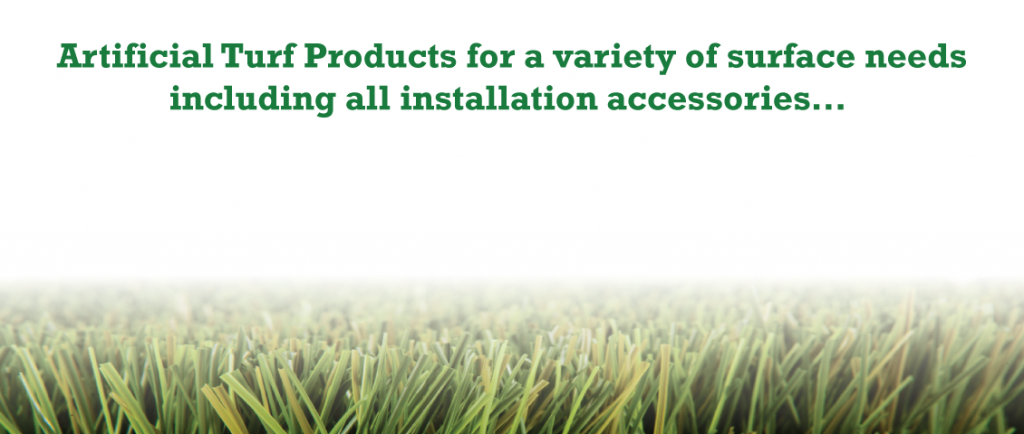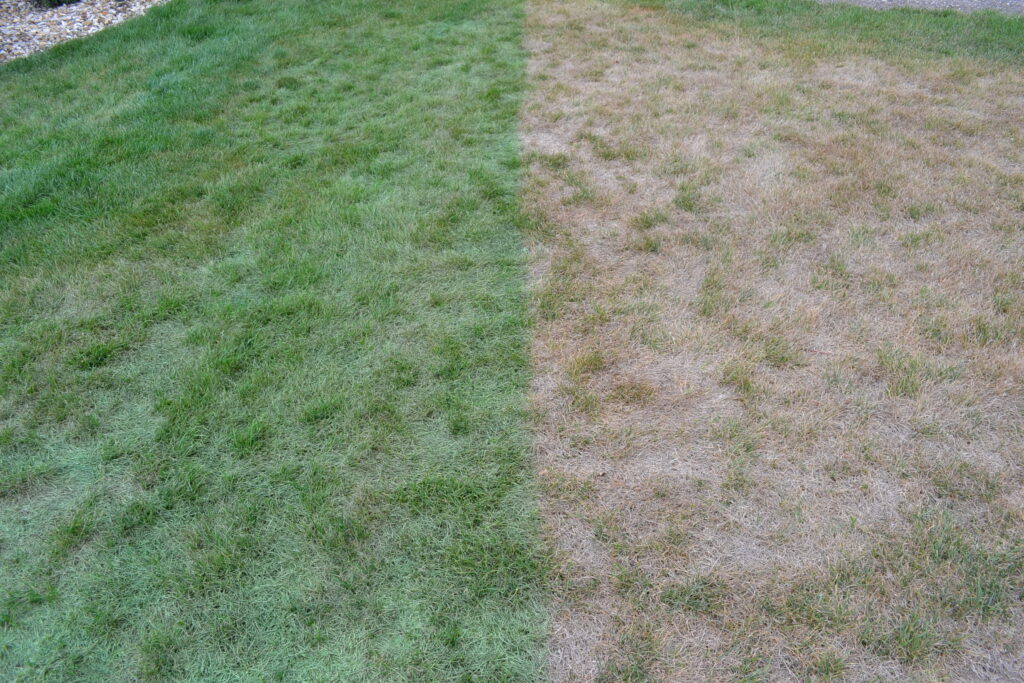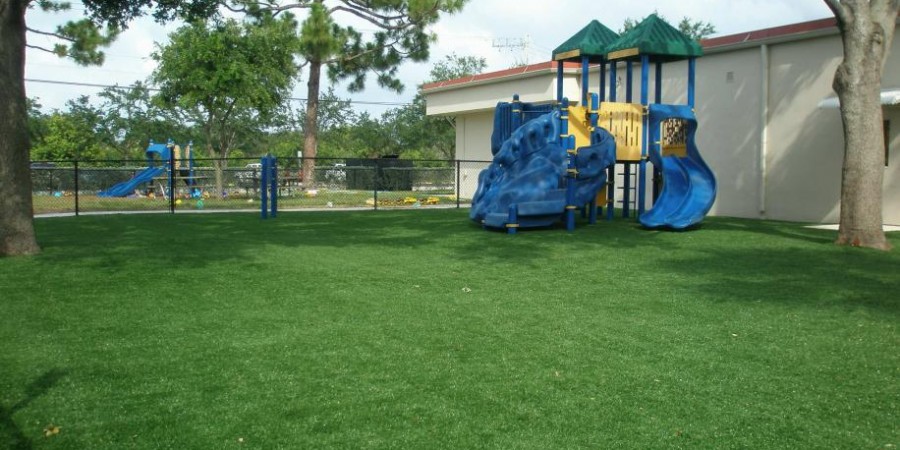Artificial turf has been growing in popularity over the last 2 or 3 years as homeowners look for ways to keep their lawns green in this Northern California drought. And what’s not to love? Its luxuriant green blades look convincingly like real grass, but require much less maintenance and use almost no water. Better yet, artificial turf is durable as well as attractive – your kids and pets can play to their hearts content and never come away muddy, grass-stained, or cause dead spots on your lawn.
Artificial turf will pay for itself in reduced maintenance and water bills within a few years, but does require more of an up-front cost. For those of you handy DIYers, installing artificial turf yourself may be a more cost-effective way to get a perpetually green lawn.
Here are some tips and tricks to installing your own synthetic turf. You can download our full, FREE installation guide here.
How much turf do you really need?
Our artificial turf comes in rolls 15 ft. wide and up to 100 ft. long. The obvious solution for an area that’s less than 15 ft. wide is to buy the corresponding length in turf and call it done. However, if your lawn is much narrower than 15 ft., then you will be wasting a lot of turf and money. You can glue two pieces artificial turf together seamlessly so consider putting together multiple pieces of turf to increase your efficiency. Always double-check your measurements before cutting.
Helpful tip: Talk over your measurements with one of our experienced consultants – we’re here to help!
Preparing your ground
Check for buried plumbing and electrical lines before you begin. Then remove about 4” of topsoil and roughly grade and compact the area. You want the ground to be smooth and solid before laying down the next layer.
Important tip: Maintain a 1% incline to the center of your lawn so it can drain properly
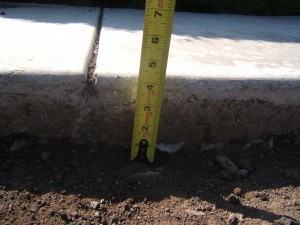
Laying the base
Add about 3” of crushed rock as a base layer to support your lawn and allow for drainage. Keep in mind that the size of the crushed rocks will determine how much drainage you get. Use coarser rock if your lawn is prone to flooding. Spread the base evenly and compact until even.
Important tip: Shape the base in a slight crown in the center of the turf and sloping towards the edges – this makes your final lawn look more natural.

Select your infill base layer
Preparing the turf
Pay attention of the direction or “grain” of the turf, so that when you join two pieces together, the seam is not visible. We also recommend that the grain face towards the viewer when the installation in complete. Roll the turf over your install area, taking care not to drag it across the base rock. Then, cut the turf to the shape of your install area and secure the edges with sod staples.
For detailed instructions on how to join two pieces of turf together, please download our full guide to installing artificial grass.
Helpful tip: Unroll your turf a few hours in advance so the blades of grass can recover from being rolled up

Cut your turf to fit
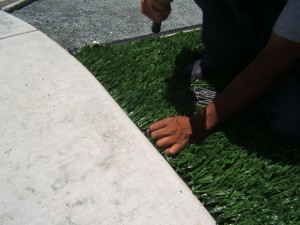
Secure your turf in place
Infill
After the turf is in place, it’s time to place the infill. There are several options for infill depending on your needs, but we generally recommend Zeofill because it controls pet odors, mold and bacteria growth. Use a drop spreader or a broadcasting spreader to apply an even layer of infill over the entire area. You can hand-fill areas that are small or difficult to reach. Brush or rake the turf to help the infill settle into the turf. You may have to repeat the process before you reach your recommended or desired level of infill.
Important tip: Do not apply infill when the turf is wet – wait for it to dry out first.

Add mixture

Spread infill ontop of turf

Rake
Have questions about what type of infill is right for you or other steps of the artificial turf installation process? Don’t hesitate to ask one of our turf consultants today!


